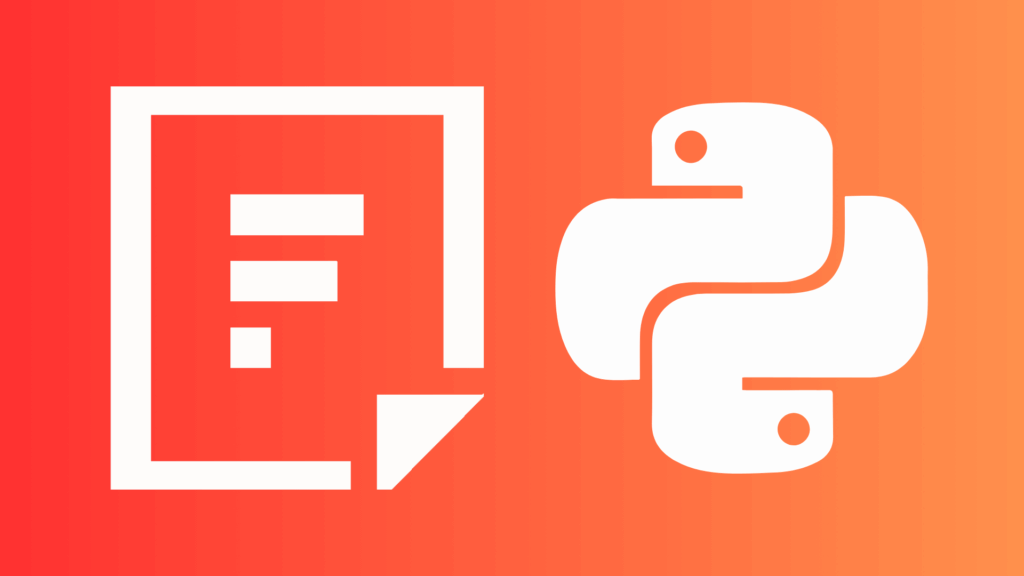File management on the server is a critical but often tedious task. You start by handling multipart form data in Django or Flask, and soon you’re dealing with temporary file storage, managing background processing jobs for transformations, and securing every endpoint. Building a scalable server-side file infrastructure is a distraction from your core application logic.
This guide shows you how to integrate a complete file infrastructure with a dedicated file uploader into your Python backend so you can get back to building features that matter.
Key Takeaways
- Ship faster
- Cut maintenance costs
- Improve user experience
- Scale without effort
- Focus on your actual product
The Build vs. Buy Trade-off
Choosing to build a file infrastructure in-house often ignores the long-term costs. The initial development might seem straightforward, but the ongoing maintenance, security, and scaling efforts create a continuous drain on your team’s resources.
Development Timeline
Using a pre-built Python library is orders of magnitude faster than building one from the ground up. What takes a developer a few hours with an SDK would take a team weeks or months to build, test, and deploy themselves.
Total Cost of Ownership
A subscription is predictable. The cost of maintaining a homegrown system is not. Factoring in developer salaries for debugging, security audits, and infrastructure management, the DIY approach quickly becomes the more expensive option.
Get It Running
Here are the three steps to get a working file uploader in your Python project.
1. Add the Package
Install the package using pip.
pip install filestack-python
2. Initialize the Client
In your Python application, import and initialize the client with your API key. It’s best to store your key in an environment variable.
from filestack import Client
import os
API_KEY = os.environ.get("FILESTACK_API_KEY")
client = Client(API_KEY)
3. Upload a File
Use the client to upload a file from a local path or a URL.
# Upload from a local file path
new_filelink = client.upload(filepath='/path/to/your/file.jpg')
print(new_filelink.url)
# Upload from a URL
new_filelink_from_url = client.upload_url(url='http://example.com/image.jpg')
print(new_filelink_from_url.url)
The Headaches of a DIY Uploader in Python
Building a server-side file solution yourself means you’re signing up for more than just an API endpoint. In Python, this introduces specific challenges:
- Handling Multipart Streams: Parsing multipart/form-data streams correctly in frameworks like Flask or Django can be tricky, especially with large files that can cause memory issues.
- Temporary File Management: You are responsible for securely writing uploaded files to a temporary location on disk, processing them, and then cleaning them up without leaving orphaned files or creating race conditions.
- Blocking I/O: A naive file upload implementation will block your main application thread, hurting performance. You either need to implement threading or move to an async framework, which adds complexity.
- Background Job Queues: For any non-trivial processing like video transcoding or image optimization, you need to set up and maintain a background job queue (like Celery or RQ), adding another moving part to your infrastructure.
- Secure File Serving: You have to build your own logic to serve files securely, generate expiring links, and manage access control, which is complex and easy to get wrong.
Using a dedicated SDK lets you sidestep these problems entirely.
What You Get with the Python SDK
The Filestack SDK isn’t just a wrapper around an API; it’s a set of tools designed to solve these server-side problems for you. You can also check the Filestack Python documentation in our docs.
- A Clean, Pythonic API: The SDK provides a simple, object-oriented interface. Operations like client.upload() and client.transform() are intuitive and handle the underlying HTTP requests and error handling for you.
- No File System Needed: You can upload files directly from memory or a URL without ever writing them to your server’s disk, which simplifies your code and improves security.
- Asynchronous Support: The SDK includes an AsyncClient that works seamlessly with asyncio, allowing you to handle file operations in modern async frameworks like FastAPI without blocking.
- Built-in Security: Generate secure, signed URLs with expiry times and specific policies directly from the SDK. This offloads the complexity of building a secure file-serving mechanism.
- Powerful Transformations: Instead of installing and managing libraries like Pillow or FFmpeg, you can perform complex image and video transformations with a simple API call. The processing happens on Filestack’s infrastructure, not yours.
In short, the Python SDK lets you treat file infrastructure as a solved problem. You can build a better, more secure backend faster because your team can focus on its own business logic, not on reinventing server-side file management.
A Product Marketing Manager at Filestack with four years of dedicated experience. As a true technology enthusiast, they pair marketing expertise with a deep technical background. This allows them to effectively translate complex product capabilities into clear value for a developer-focused audience.
